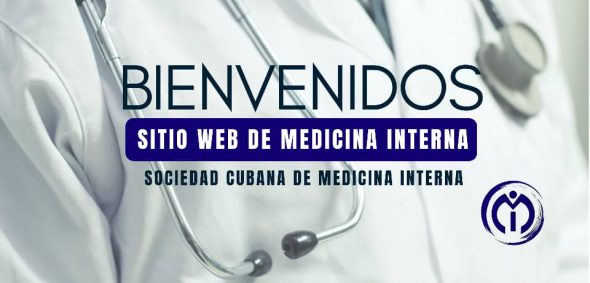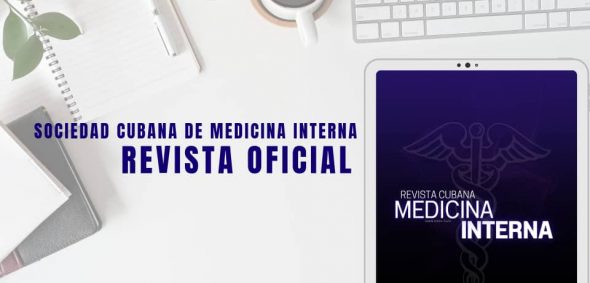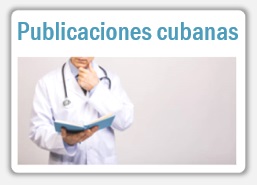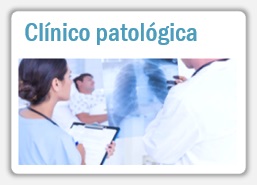La pielonefritis aguda es un síndrome de infección del tracto urinario (ITU) grave; otros síndromes de ITU incluyen ITU febril (ITU acompañada de fiebre, independientemente de la presencia o ausencia de dolor o sensibilidad en el flanco), prostatitis aguda y bacteriemia de origen urinario. Estas condiciones pueden precipitar una respuesta desregulada del huésped que da como resultado sepsis o shock séptico. Una mujer saludable de 35 años de edad se presenta con urgencia urinaria, disuria, fiebre, malestar general, náuseas y dolor de flanco. Durante un viaje reciente a India, ella tomó una fluoroquinolona para la diarrea.
En el examen, la temperatura es de 38.6 ° C, el pulso de 110 latidos por minuto y la presión sanguínea de 105/50 mm Hg; tiene sensibilidad suprapúbica y de flanco, sin sensibilidad abdominal. El recuento de glóbulos blancos es 16,500 por milímetro cúbico, y la concentración de creatinina sérica de 1,4 mg por decilitro (124 μmol por litro) (medida más reciente antes de la presentación, 0,8 mg por decilitro [71 μmol por litro]) El análisis de orina es positivo para la esterasa y los nitritos leucocitarios. ¿Cómo evaluarías y administrarías este caso?
Johnson JR, Russo TA. Acute Pyelonephritis in Adults. N Engl J Med [Internet]. 2018 [citado 22 Ene 2018];378(1).
 Se aporta las más recientes recomendaciones basadas en evidencias para el diagnóstico, prevención y tratamiento de niños y adultos con diadetes mellitus tipo 1,2 y diabetes gestacional,así como estrategias para mejorar la prevención o enlentecer el desarrollo de la diabetes y reducir complicaciones.
Se aporta las más recientes recomendaciones basadas en evidencias para el diagnóstico, prevención y tratamiento de niños y adultos con diadetes mellitus tipo 1,2 y diabetes gestacional,así como estrategias para mejorar la prevención o enlentecer el desarrollo de la diabetes y reducir complicaciones.

















DE NUESTROS LECTORES